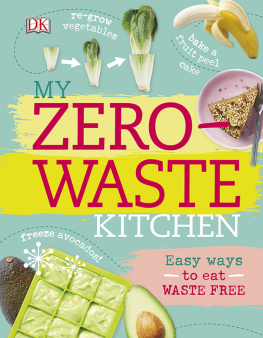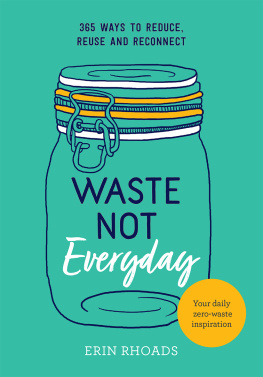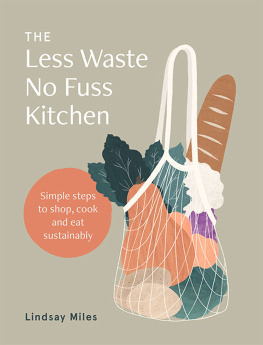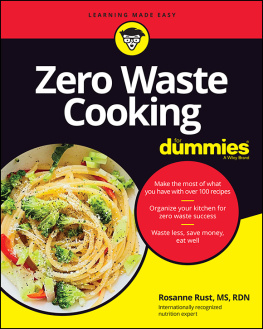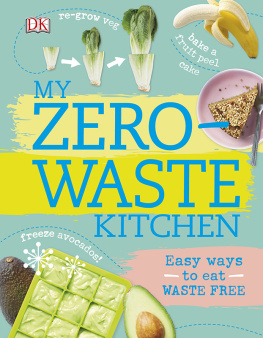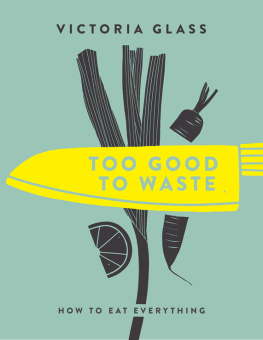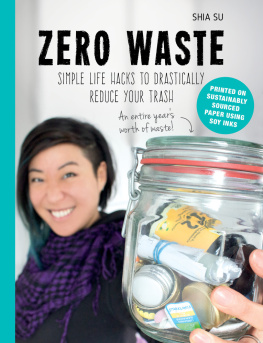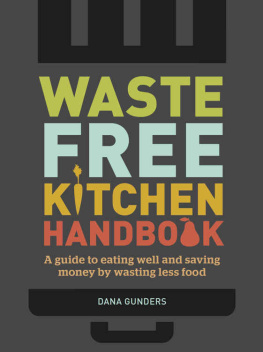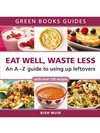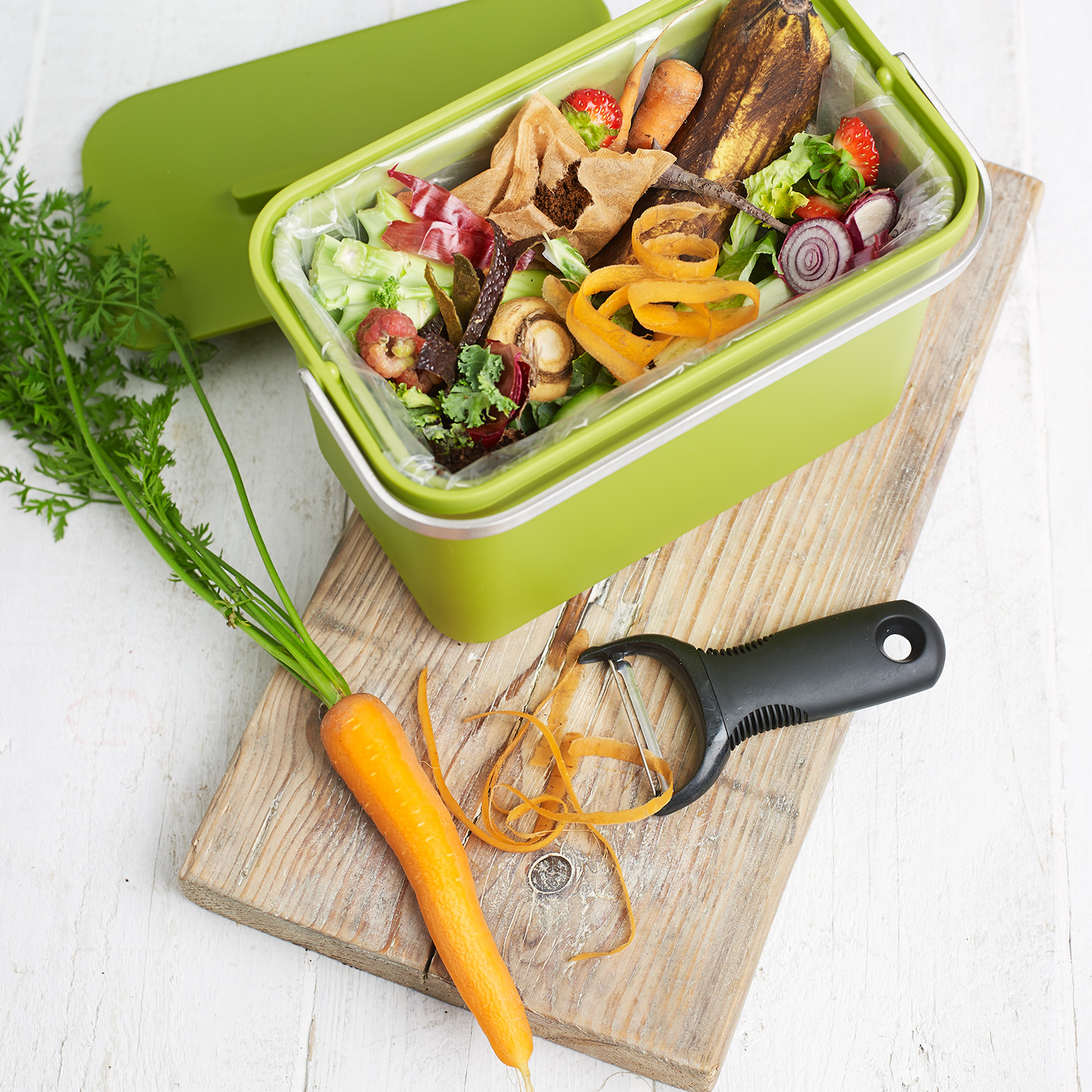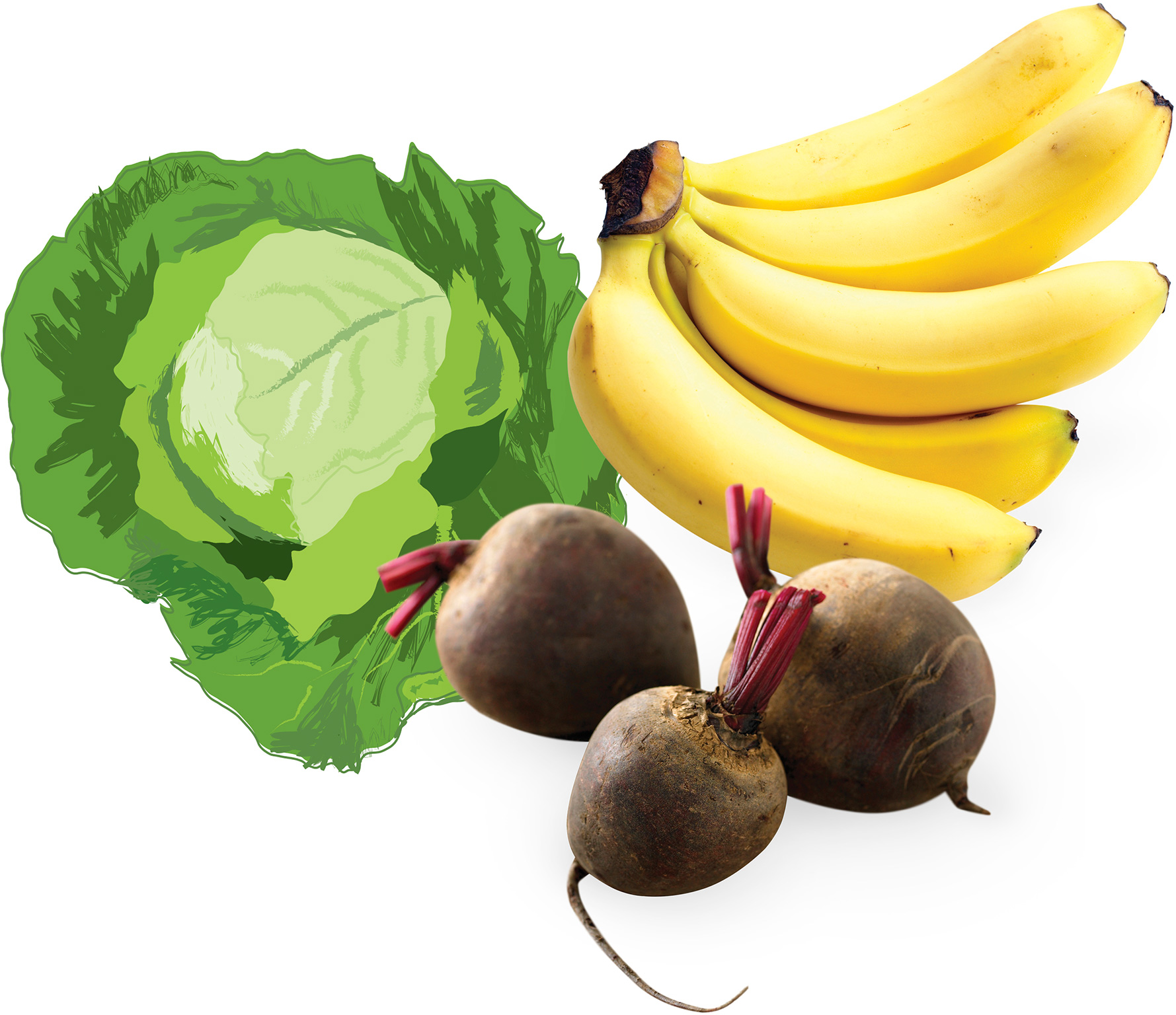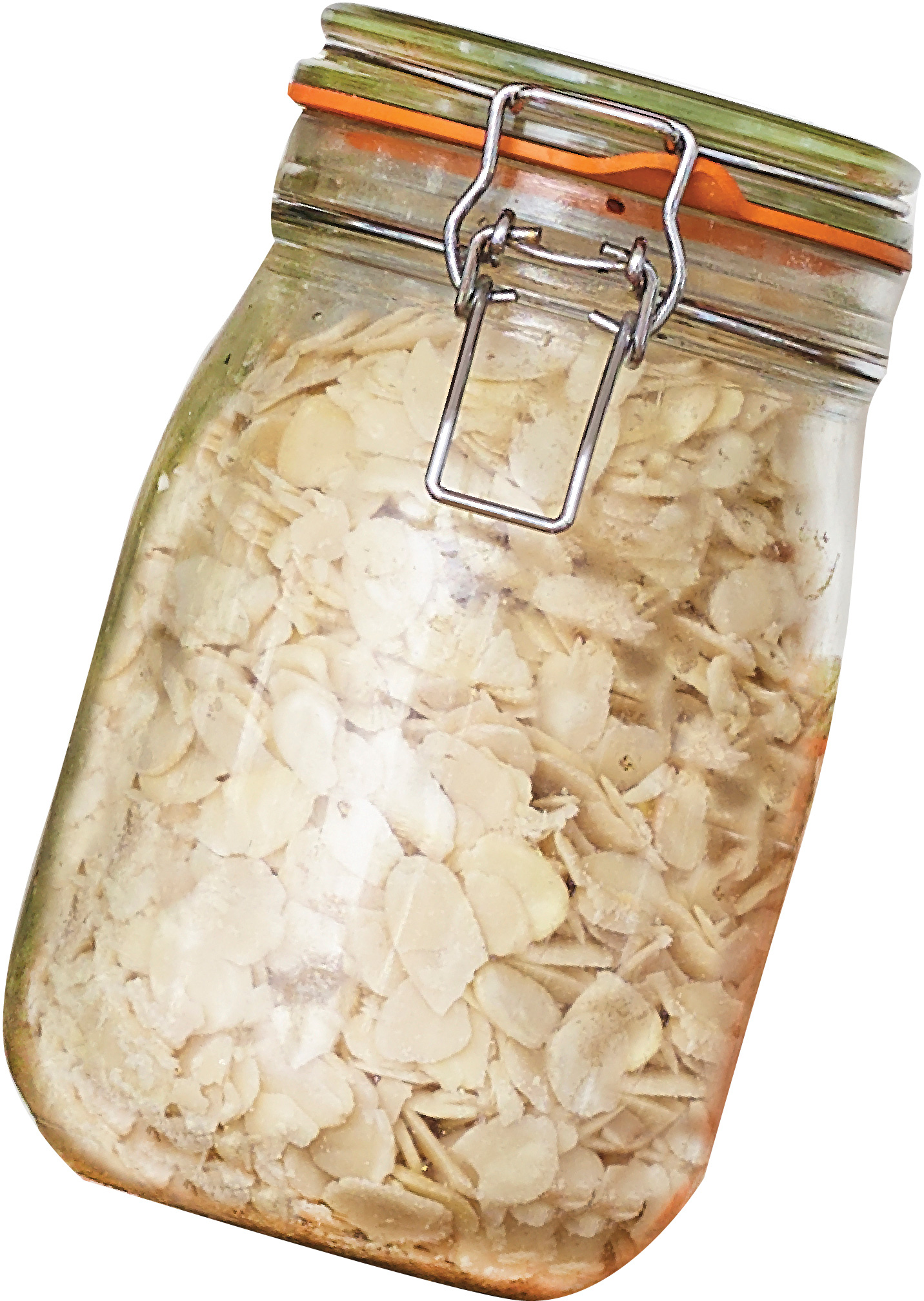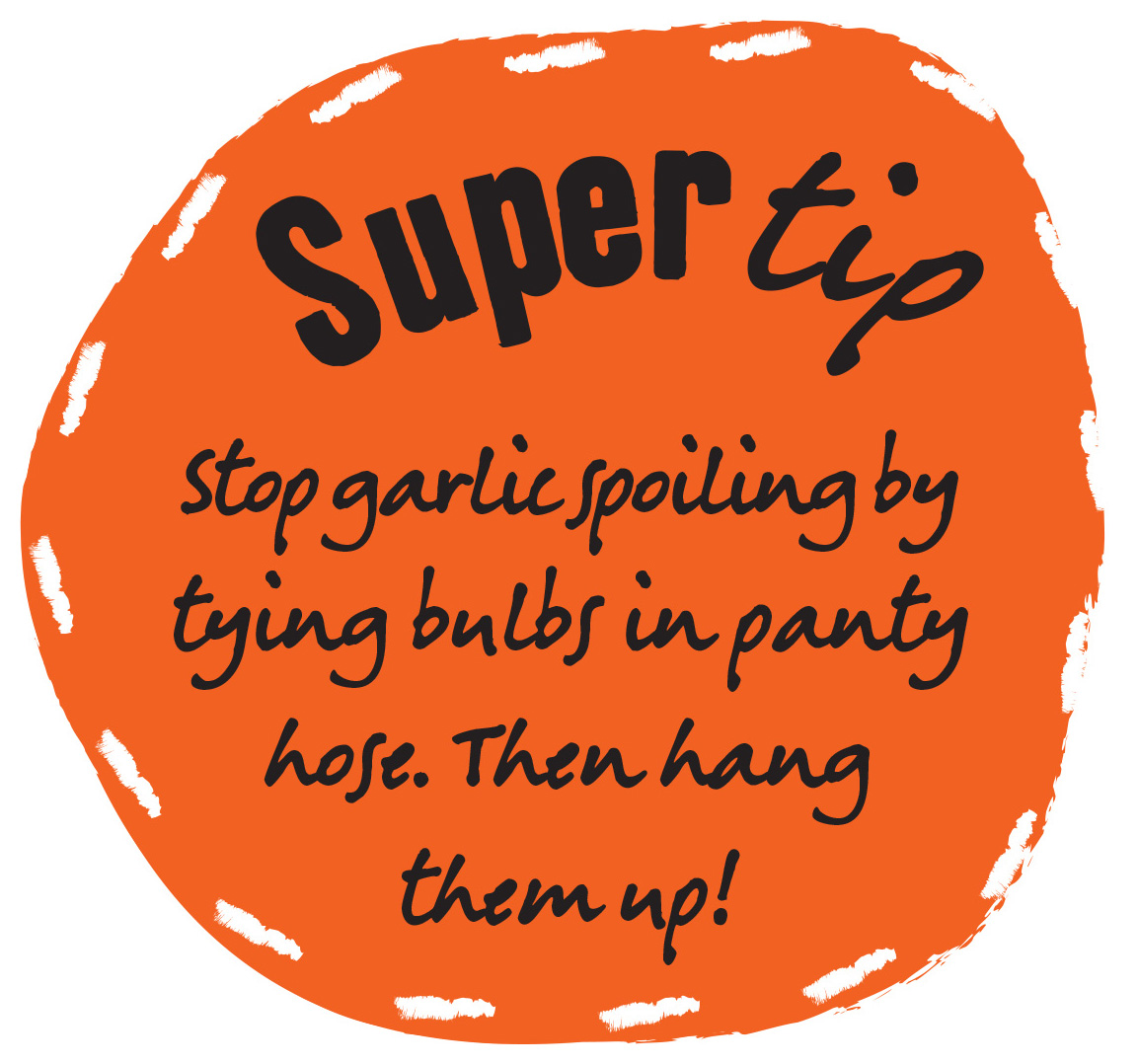Contents
Guide
Contents
Zero waste: whats it all about?
Going zero waste means trying to live a more sustainable life. It is a goal to aspire to and your kitchen is the perfect place to start. Having a zero-waste kitchen means buying less food in the first place, reusing whatever you can, however you can, and throwing less away. Dont worry, you wont have to completely overhaul your whole lifestylein fact, you might just be surprised at the big difference some small, simple changes can make. From planning your grocery shopping to what you put on your plate, this eBook is full of amazing tips and tricks to help you get creative, start reducing waste, and even have fun doing it!
The three Rs
Key to zero-waste living are the three Rs:
REDUCE REUSE RECYCLE
Reduce means not buying more than you need and this is where a little planning goes a long way. Reuse means making the most of those leftovers rather than trashing them. With a bit of thought and inspiration you can turn your waste foods into delicious meals that are good for you, for your wallet, and for the planet! Try the recipes in this eBook as a starting point and soon youll be experimenting with whatever you have on hand. Finally, recycle anything that you cant reduce or reuse. Throughout this eBook youll find inspirational, easy, and imaginative ways to put all these ideas into practice and help you on your zero-waste journey.
Getting started: no more waste!
Going zero waste is easywith a little thought and planning, youll soon be on your way. Stopping to consider what you throw away and why is the best place to start.
clever composting
Countertop composter
Composting is one of the best ways to go zero waste. It puts the energy that goes into producing food back into the soil in your garden. In a compost bin, microbes use air and water to break down organic matter into nutrient-rich dirt.
All you need is a bin that lets air circulate. Start with a leaf layer (shredded paper will do), then add fruit and vegetable scraps, and water. Add to your compost year-round. Stir it occasionally and in 89 months youll have natural fertilizer.
A countertop composter helps you compost as much as you can. Put scraps into your mini composter through the week and add them to your garden compost once its full. Use a proper container to avoid attracting flies into your kitchen!
Store it right!
Storing your produce in the right way can be the difference between making the most of your food and throwing it out .
Where should I store it?
Check labels when you put your shopping away as many products carry storage instructions.
Once opened, some items need to go in the and be used within a few days, so note when you open the package. Store salad items and leafy greens in the salad drawer of your fridge. If your fruits need to ripen before eating, dont chill them, leave them out in a fruit bowl until they are ready. Your kitchen pantry is great for shutting out light so keep spices, oils, and some vegetablessuch as onions and root vegetablesdry and dark, in here.
What should I put it in?
Reusable containers do a great job of cutting down on waste.
Using the right containers keeps your food in tip-top condition for as long as possible. Transfer dried goods, such as spices or pasta and rice, to airtight glass or ceramic jars to keep them fresh for 6 months or more. While plastic is easy to carry around for food-on-the-go, it should only be used for cold food, as high tempertaures can cause it to break down. In the fridge, keep asparagus, cucumber, carrots, and celery fresh by placing them upright in a jar of water.
Be prepared!
With a little prep, some foods can be stored for much longer.
Blanching vegetables , such as green beans, before freezing them not only makes them last longer but also brightens their color and slows nutrient loss. Put them in the freezer on a baking sheet then transfer to an airtight containerthey will keep for up to 10 months.
Drying vegetables , such as onions and chiles, for storage is easy. Use a for fleshy chiles. For waxy varieties, wash them in salt water, then put them on a wire rack in a warm, dry spota windowsill is good. In a few weeks you will have a batch of dried chiles.
A little extra help
You dont need to use fancy gadgets and gizmos to go zero waste but some ingenious inventions can help.
A dehydrator is handy for preserving fruit, vegetables, herbs, and even meat. It gently dries food out while preserving nutrients and flavor.
Vacuum-packing your food preserves freshness by removing air and saves valuable space.
A cut-herb keeper will help your herbs stay fresher for longer by suspending them in water.
Cut-herb keeper
Swap-it Smoothie
From apple cores to kiwi skins and leftover greens , this nutrient-packed smoothie gets the most out of your fruit and vegetables.
SERVES 2
cup fresh strawberries
cup frozen berries, such as blueberries and raspberries
1 cups nut milk, such as almond milk

